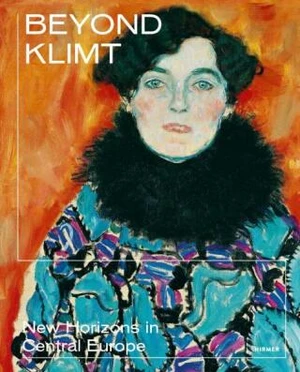Gustav Klimt is probably the artist most associated with Austrian art. His death in 1918 – the same year as the deaths of Egon Schiele, Koloman Moser, and Otto Wagner – is seen as the end of an era. However, their influence on the art world had waned even before this. Only peripherally affected by the political turmoil, a vibrant art scene developed in the countries of the Austro-Hungarian Empire with artists striving for change. The exhibition at the Lower Belvedere will guide you through this post-Klimt era. The interwar years are characterized by the wish for international connections that transcended new political and ideological boundaries. There was a vibrant exchange of ideas between artists resulting in constructivist, expressionist, and fantastical trends. Cosmopolitan networks emerged among the artists of the former Austro-Hungarian Empire while art magazines made an increasingly important contribution to disseminating these new ideas. The outbreak of the Second World War brought this internationalism to an abrupt end and the sense of a shared culture faded, once again, into the background. The exhibition seeks to reveal the parallels during this period and demonstrate continuity and change in the art of the Austro-Hungarian Empire and its successor nation states. Featuring works by around eighty artists including Josef Capek, Friedl Dicker-Brandeis, Albin Egger-Lienz, Gustav Klimt, Oskar Kokoschka, Koloman Moser, Antonin Prochaska, Egon Schiele, Lajos Tihanyi, and many more.
Historie cen
▼-10.52%
28. 2. 2024
48,60 €
27. 2. 2024
54,32 €

